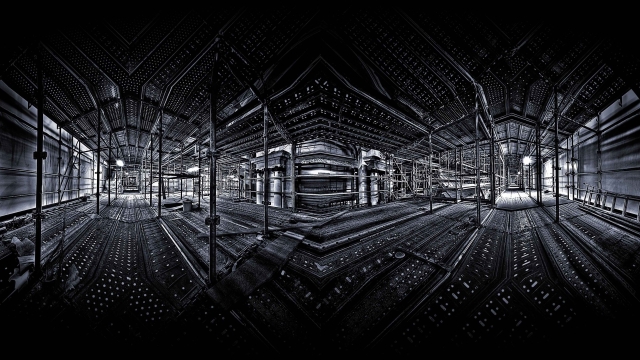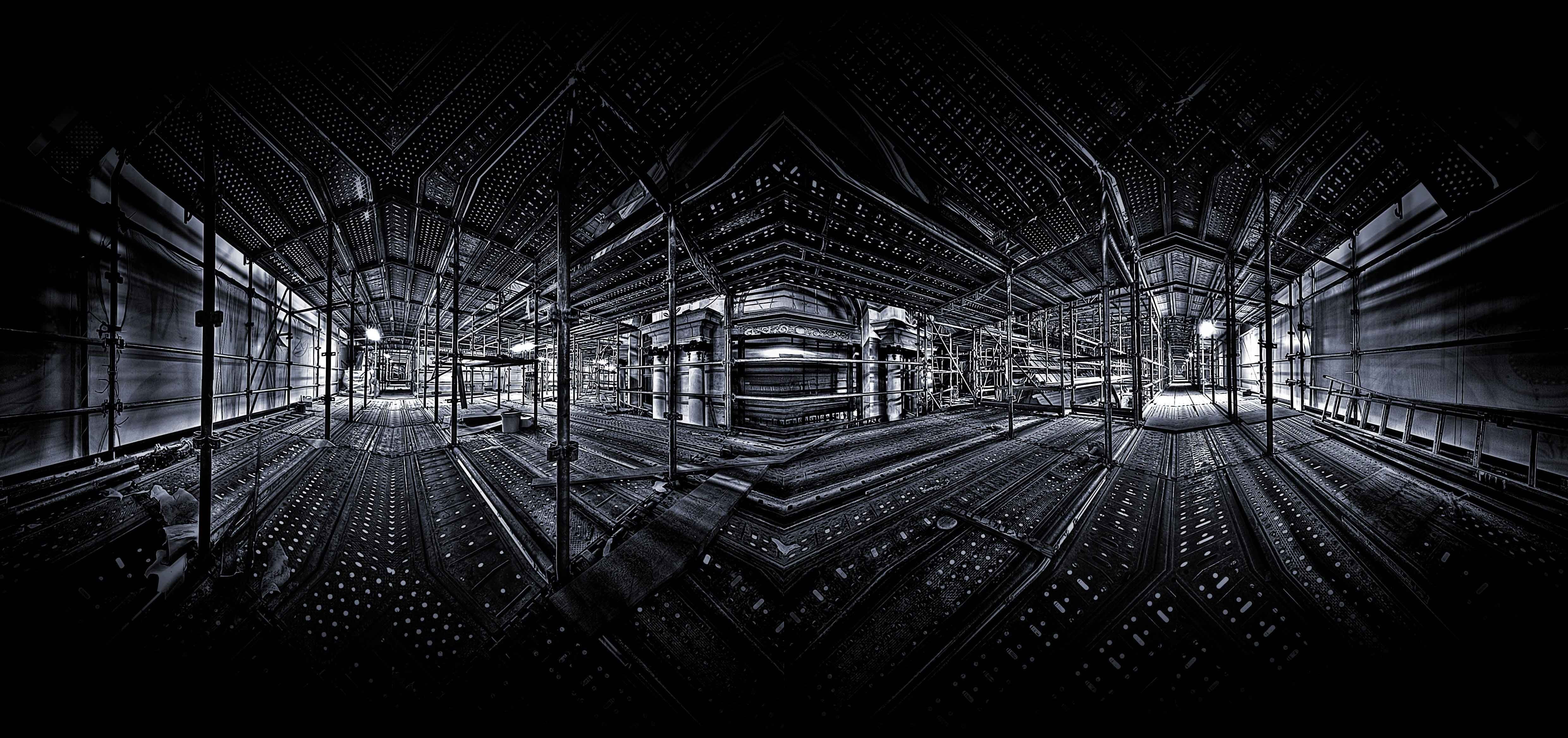
Bridging Visions: The Unseen Synergy of Engineering, Management, and Architecture

In today’s fast-paced world, the intersections of engineering, management, and architecture are more crucial than ever. These fields, often perceived as distinct entities, actually share a profound synergy that drives innovation and efficiency in the development of our built environment. Exploring this unseen connection reveals how a cohesive approach can lead to the creation of structures that are not only functional but also aesthetically pleasing and sustainable.
Structures Insider serves as a platform to delve into these intricate relationships, offering insights that highlight the collaborative efforts of professionals across these disciplines. By examining case studies, emerging trends, and best practices, we can gain a deeper understanding of how engineering, management, and architecture work hand in hand to address the challenges of modern society. Embracing this synergy not only enriches our projects but also enhances the overall experience for communities that these structures serve.
The Interplay of Disciplines
The synergy between engineering, management, and architecture creates a dynamic framework for successful project execution. Engineers bring technical expertise and problem-solving skills essential for the design and functionality of structures. Their understanding of materials and mechanics ensures that buildings are not only visually appealing but also safe and efficient. This foundational knowledge is critical when it comes to translating architectural visions into reality, where the limits of design are tested against physical laws.
Management plays a crucial role in this interdisciplinary collaboration by providing the organization and resources necessary for projects to thrive. Effective management aligns the goals of all stakeholders, balancing the creative ambitions of architects with the practical considerations of engineers. Clear communication and strategic planning are essential for ensuring that projects adhere to timelines and budgets while maintaining the intended design integrity. This central coordinating role helps to minimize conflicts and optimize resource allocation.
Architecture, as the lens through which projects are envisioned, infuses creativity and holistic thinking into the construction process. Architects must consider not only aesthetic appeal but also environmental impact and human interaction with spaces. Their ability to articulate a vision helps guide engineers and managers toward a shared goal. As architects push boundaries in design, they rely on the technical insights of engineers and the strategic oversight of managers to bring innovative concepts to life, creating structures that enhance our surroundings while serving their intended purpose.
Innovative Approaches in Structures
Construction
The integration of cutting-edge materials and technologies has led to groundbreaking innovations in the field of structures. Engineers are increasingly exploring the potential of advanced composites, smart materials, and sustainable resources to enhance the performance and durability of buildings and infrastructure. These innovations not only extend the lifespan of structures but also contribute to their environmental sustainability, reducing overall energy consumption and carbon footprints.
Collaboration among architects, engineers, and management professionals is crucial for maximizing the impact of these innovative approaches. By fostering interdisciplinary teams, projects can benefit from diverse perspectives and expertise, ensuring that design and functionality align seamlessly. This collaboration results in more efficient project delivery times, cost savings, and improved quality, creating structures that are not only aesthetically pleasing but also highly functional and resilient.
Furthermore, the application of data-driven strategies through Building Information Modeling (BIM) and other digital tools has transformed how structures are conceptualized and executed. These technologies allow for enhanced visualization and simulation of structures in their intended environment, enabling better decision-making throughout the design and construction phases. As the industry continues to embrace these innovative approaches, the synergy of engineering, management, and architecture will pave the way for even more groundbreaking solutions in the future.
Future Trends in Engineering and Design
As we look towards the future, the integration of sustainable practices in engineering and design stands at the forefront. The push for environmentally friendly materials and energy-efficient processes is reshaping how structures are conceived and built. Engineers are increasingly adopting renewable resources and innovative methodologies that minimize the carbon footprint of construction projects. This trend not only addresses pressing environmental concerns but also caters to the growing demand from clients for greener alternatives.
Technological advancements are another key trend influencing the landscape of engineering and architecture. The rise of artificial intelligence, machine learning, and automation is streamlining design processes and enhancing project management efficiencies. Engineers and architects can leverage these technologies to create smart buildings equipped with responsive systems that adapt to their environment. This merger of technology and design not only improves functionality but also leads to buildings that are more attuned to the needs of their occupants.
Lastly, collaborative practices among engineering, management, and architecture are becoming increasingly essential. As projects become more complex, the need for integrated teams that can streamline communication and decision-making is vital. This collaboration fosters a holistic approach to design and implementation, ensuring that all aspects are considered from the outset. By working together more closely, professionals in these fields can create well-rounded structures that not only meet the technical requirements but also align with the visions and aspirations of the communities they serve.



